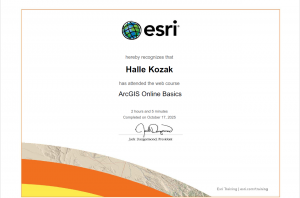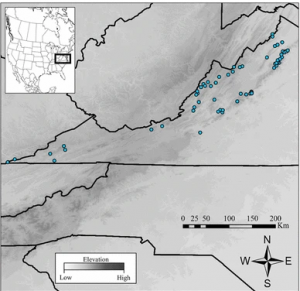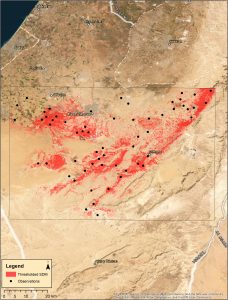My name is Halle Kozak, I am a senior majoring in Zoology and Botany. I already did 291 the first half of the semester. I read the syllabus and schedule, took the quiz and scheduled the required meetings with Dr. Krygier. In my account I explored my profile and the other tabs. I found out that you can see different posts from community members regarding ArcGIS online, and I saw all of the different settings I can apply to my account.
What is ArcGIS online:
- ArcGIS allows you to explore and visualize 2D and 3D data. It also allows you to share personal maps, work collaboratively to create maps, scenes, apps, and notebooks, and access analysis tools to better understand your data.
- One interesting/important point that this webpage includes is how to create a map on ArcGIS online. The steps include choosing a basemap, adding layers, applying styles, configuring popups, and saving the map. In GEOG291 we learned how to do all of this using ArcGIS.
ArcGIS online basics
This course taught an overview of ArcGIS online. One thing that I learned was that an ArcGIS online organization is a virtual space within the ArcGIS Online cloud that enables an organization to manage content and foster collaboration. Users with organizational access can participate in groups and share work with other members of the organization. I also learned that there are seven types of operational and basemap layers. These include feature, tile, map image, imagery, elevation, scene, and table. Operational and basemap layers are used to classify layers based on their use or how their data is structured.

Applications
The first application that I chose is from a paper titled “Influence of landscape heterogeneity on the functional connectivity of Allegheny woodrats (Neotoma magister) in Virginia”. The map shows the locations of rock habitats trapped for Allegany woodrats in Virginia.
Citation: Kanine, J. M., Kierepka, E. M., Castleberry, S. B., Mengak, M. T., Nibbelink, N. P., & Glenn, T. C. (2018). Influence of landscape heterogeneity on the functional connectivity of Allegheny woodrats (Neotoma magister) in Virginia. Conservation Genetics, 19(5), 1259-1268.

The second application I chose is from a paper titled “ Predicting habitat suitability of the critically endangered Be’er Sheva fringe-fingered lizard”. This map shows the binary habitat suitability using the species distribution model for Acanthodactylus beershebensis.
Citation: Horesh, S. J., & Ovadia, O. (2024). Predicting habitat suitability of the critically endangered Be’er Sheva fringe‐fingered lizard. Ecology and Evolution, 14(8), e70108.
